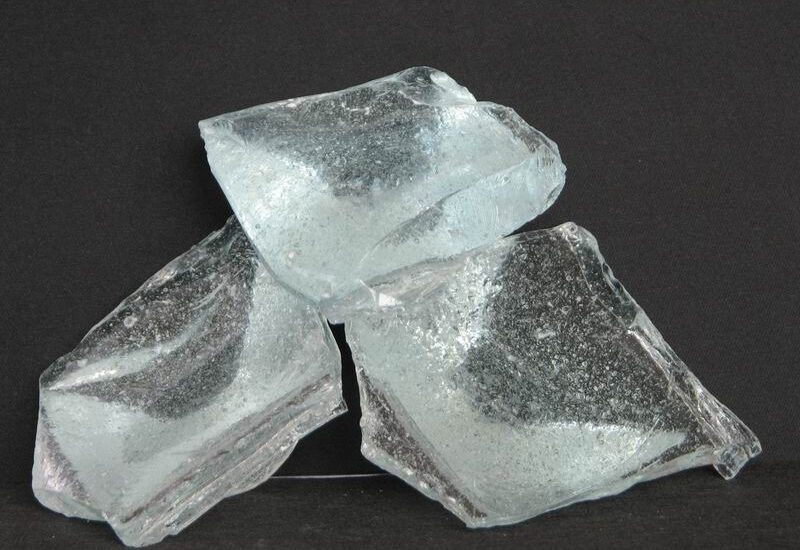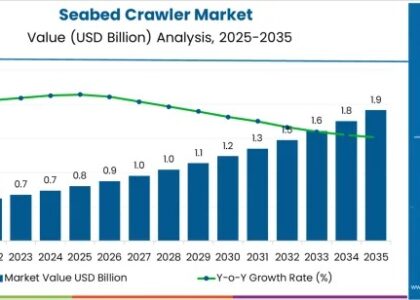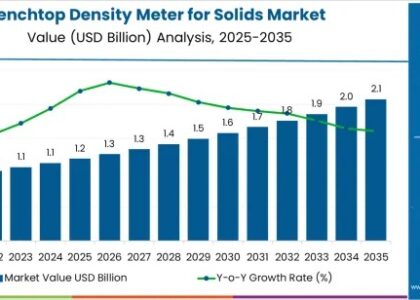The global sodium silicate market is most commonly recognized for its roles in detergents, pulp and paper, water treatment, and adhesives. Known for its alkaline and binding properties, sodium silicate—often referred to as liquid glass—has been integral to various industries for decades. However, beyond the conventional uses outlined in most market reports, a new and less-discussed dimension is emerging: the application of sodium silicate in carbon capture and storage (CCS) technologies. This trend marks a potential turning point for the market, aligning with sustainability and circular economy goals outlined in Future Market Insights’ latest analysis.
Sodium silicate reacts with carbon dioxide to form solid, stable compounds. This fundamental chemical property makes it a promising candidate for mineralization-based CCS systems. Compared to amine-based CO₂ capture technologies that are energy-intensive and degrade over time, sodium silicate offers a more stable and non-toxic solution. According to Future Market Insights, the increasing attention toward industrial decarbonization is pushing innovation in chemicals traditionally seen as legacy materials—sodium silicate among them.
Request Report Sample: https://www.futuremarketinsights.com/reports/sample/rep-gb-11173
In high-emission sectors such as cement and steel manufacturing, sodium silicate is being explored as part of novel methods to trap CO₂ from flue gases. The mineralization process not only reduces emissions but can yield by-products useful in other industrial applications, enhancing overall value creation. This integration of emissions control and resource recovery supports circular industrial models, an approach widely discussed in FMI’s sustainability-centric forecasts.
Additionally, sodium silicate is contributing to the development of advanced cement used in CO₂-rich environments. Modified cement blends infused with sodium silicate show improved durability when exposed to corrosive gases. This is particularly important in applications such as underground CO₂ storage, where structural integrity over decades is essential. According to FMI’s market perspective, such durability improvements could drive adoption in critical infrastructure and energy sectors.
Sodium silicate is also being tested for use in solid sorbent materials in modular capture systems. These systems are being explored for decentralized CO₂ capture at smaller emission sources like food processing units or mid-size manufacturing plants. With its favorable cost-to-performance ratio, sodium silicate-based coatings could play a role in mainstreaming affordable carbon capture in emerging economies.
While regulatory clarity is still evolving in some regions, FMI reports that sodium silicate is gaining traction in R&D investment pipelines, especially in regions committed to industrial decarbonization. With its compatibility across a wide temperature range and non-toxic profile, sodium silicate aligns well with next-generation carbon control technologies that require both performance and safety.
Despite the promising outlook, several challenges remain. High-purity sodium silicate grades are needed to avoid impurities that may hinder reaction efficiency. Additionally, the upfront costs of implementing mineralization systems remain a hurdle, especially in cost-sensitive industries. Future Market Insights identifies this as an area where innovation in formulation and process design can create competitive differentiation.
Browse the Complete Report: https://www.futuremarketinsights.com/reports/sodium-silicate-market
Market data from FMI suggests that traditional applications like detergents and adhesives will continue to support the baseline demand for sodium silicate. However, the next wave of growth may stem from these high-impact, sustainability-driven applications. FMI anticipates a gradual but notable shift in consumption patterns between 2022 and 2032 as more industries explore sodium silicate as part of their decarbonization roadmap.
As the global chemical industry adapts to climate imperatives, sodium silicate is evolving from a utility chemical to a strategic component of environmental solutions. Future Market Insights underlines this transformation in its latest sodium silicate market report, positioning the compound as a quiet catalyst in the broader carbon neutrality movement.
Sodium Silicate Market: Segmentation
The global sodium silicate market is segmented in detail to cover every aspect of the market and present a complete market intelligence approach to readers.
By Application:
- Silica Manufacturing
- Detergents
- Catalysts
- Pulp & paper
- Elastomers
- Food & healthcare
- Others (coating, agriculture, etc.)
By Region:
- North America
- Latin America
- Europe
- MEA
- Asia Pacific






